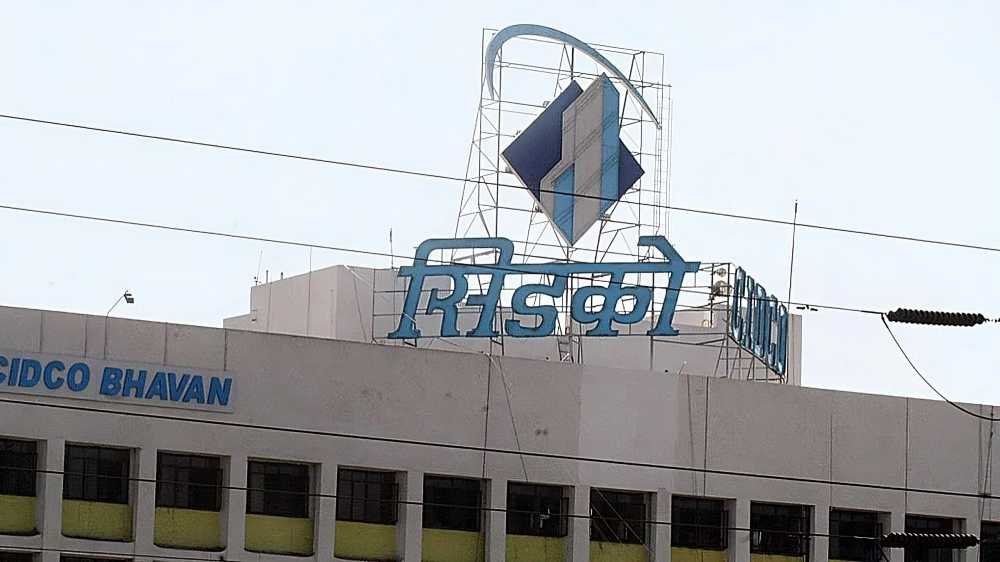August 1, 2025: The City and Industrial Development Corporation (CIDCO) has announced plans to prepare a Comprehensive Mobility Plan (CMP) for Navi Mumbai and the Navi Mumbai International Airport Influence Notified Area (NAINA). The long-term strategy, which envisions 2054 and beyond, aims to develop a sustainable, inclusive, and efficient transportation framework for one of India’s fastest-growing urban corridors.
“With projects such as Navi Mumbai International Airport, Corporate Park, Aerocity, Edu City, Logistic Park, Medicity, along with residential and industrial growth, traffic volume in Navi Mumbai is set to rise substantially. In this backdrop, the Comprehensive Mobility Plan will serve as a guiding framework for CIDCO and other authorities to develop a versatile, inclusive, and future-ready transportation system,” said Vijay Singhal, Vice Chairman and Managing Director of CIDCO.
The CMP will focus on integrating multiple modes of transportation, including public transit, private vehicles, and non-motorised mobility options such as walking and cycling. Key objectives include improving safety, enhancing efficiency, ensuring environmental sustainability, and creating an interconnected network for Navi Mumbai and NAINA.
CIDCO highlighted the importance of this plan as the region gears up for significant infrastructure projects, such as the Navi Mumbai International Airport, Atal Setu (Mumbai Trans Harbour Link), Metro Line 8 connecting both Mumbai airports, the Panvel-Karjat suburban railway, the Belapur-NMIA Metro Line 1 extension, and new commercial and industrial hubs across Kharghar, Taloja, and Ulwe.
Currently, Navi Mumbai boasts 980 km of roadways, a 60 km railway network, key corridors such as the Sion-Panvel Highway and Thane-Belapur Road, the Belapur-Pendhar Metro, and city bus services.
“The CMP will play a crucial role in identifying gaps in the current transportation network, prioritising investments, and creating a phased roadmap aligned with local and regional mobility needs,” CIDCO stated.
The plan will be finalised in phases after consultations with transport experts, regional stakeholders, and urban planners.
Source: Business Standard





